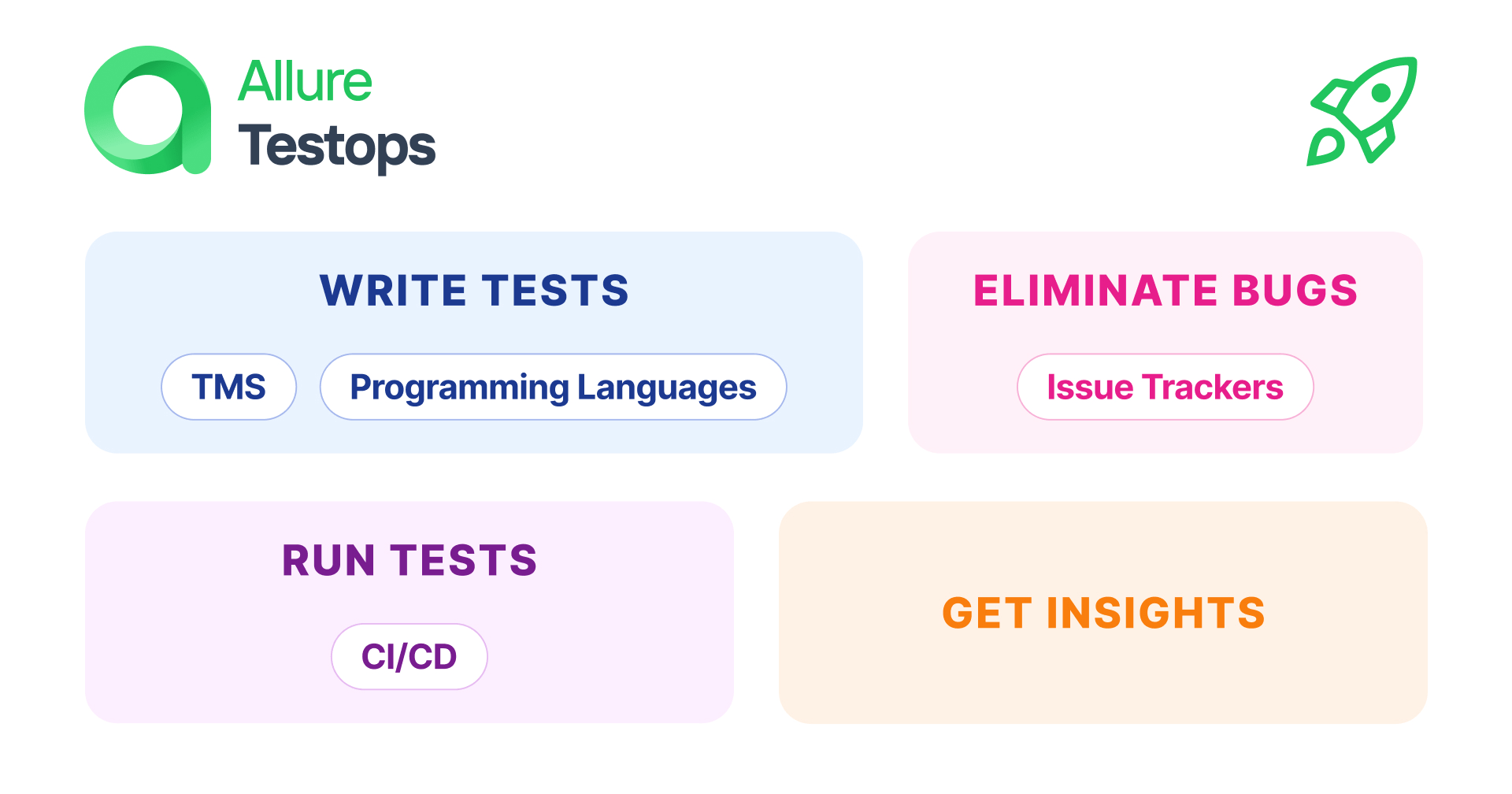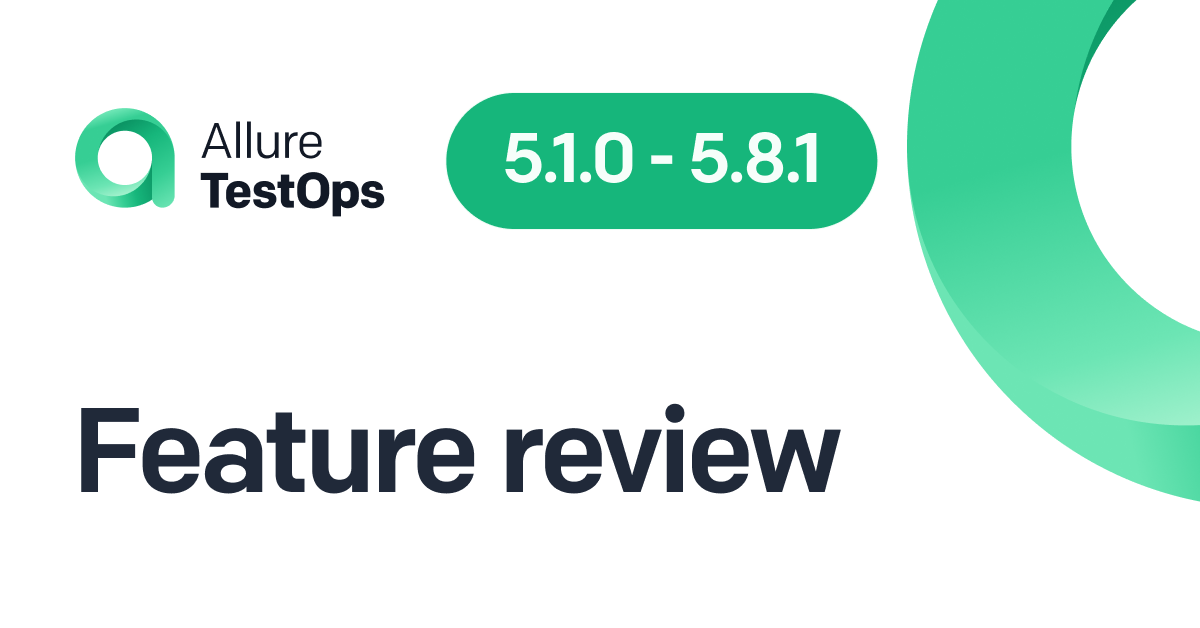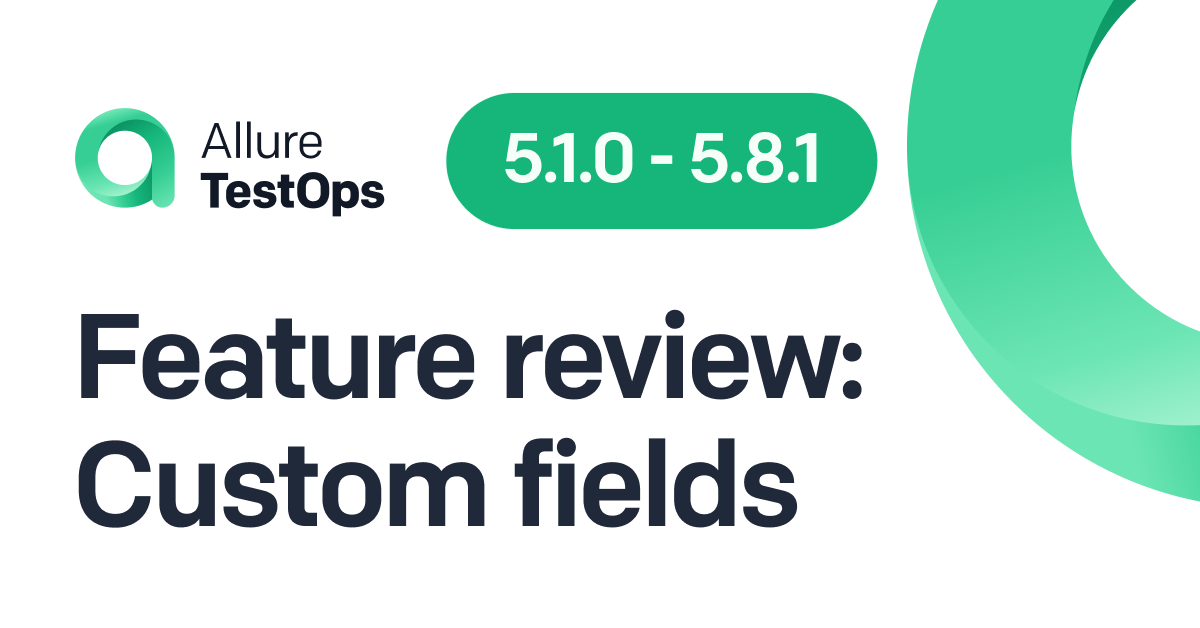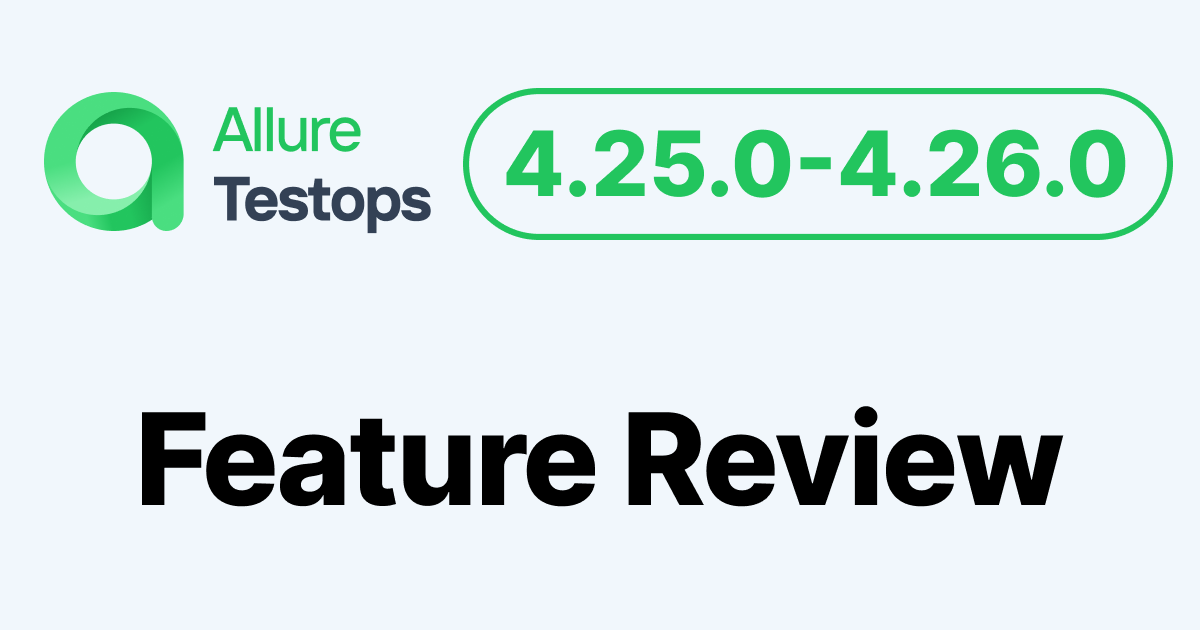Software quality management is a complicated and often underestimated process. We just need to write some tests to gain 90% coverage and then make a sanity check to release, right?! Of course not. And you know that. We need to ensure that the code, the system, and the infrastructure are working as intended across the whole software development cycle.
Allure TestOps was created to help developer teams build software quality across the DevOps pipeline. What tools are needed to gain full control over quality? How does it work in real life?
Write Tests
First of all, we need tests: either manual or automated. When the whole system starts working, there will be a couple of dozen of them. The task seems easy, so you will probably manage the test cases and results via Excel or some simple folder-based structure with scenarios.
In time, you'll need to process hundreds (and eventually thousands) of tests. This is when the team starts to consider test automation and enterprise-level management tools.
Automated Tests
Testing engineers choose the tools on their own: some people prefer Selenium or Playwright, others choose a common language testing framework or look for native testing tools. This is why your test management tool will eventually need to gather results from several sources: Java- or .NET-based backend tests, web tests from Playwright, a couple of sources for native mobile tests, etc.
At Qameta Software, we are trying to minimize the effort needed to maintain the complex testing infrastructures, so the first task for Allure TestOps was to provide two-way automation management for any tool out of the box. With time, we built more than 50 integrations with testing frameworks on more than 10 programming languages!
Native integrations of Allure TestOps with automation tools and frameworks:
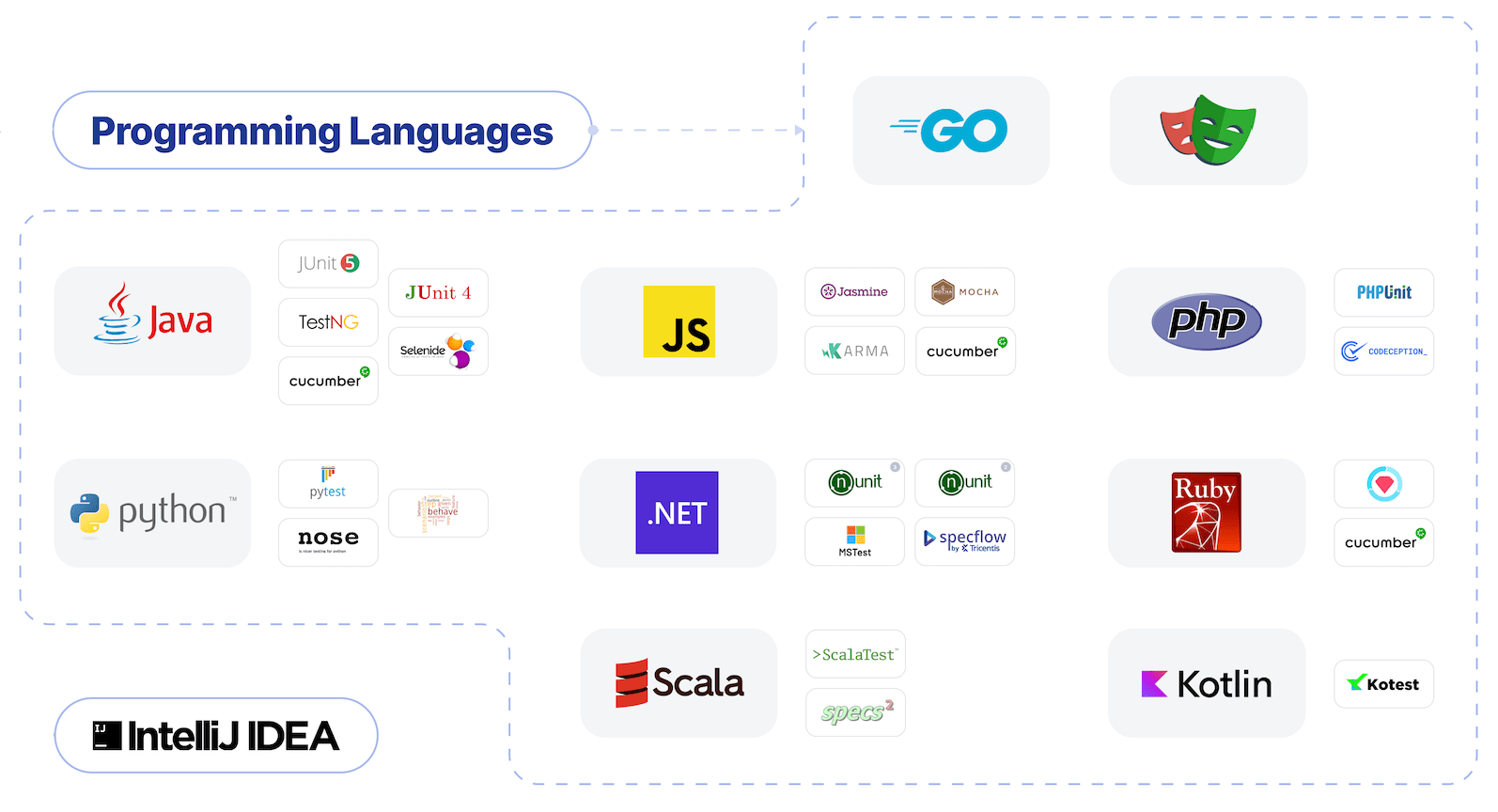
Manual tests
Even though most of your testing will likely be automated, there is still room for manual tests. Exploratory testing for new features had better be there if you're planning to make a major release. Moreover, most QA teams already use a TMS to keep manual tests in order.
This is why Allure TestOps has several options for handling manual tests:
- An internal manual testing toolset
- Integrations with most common TMSs
- A migration flow for almost any testing tool
Native integrations of Allure TestOps with manual TMSs:

Migration options from common TMSs to Allure TestOps:
- TestRail migration
- Zephyr Squad for Jira Server&Cloud migration
- Zephyr Scale (TM4J) for Jira Server&Cloud migration
- Xray for Jira Server migration
- Xray Cloud migration
- Testops migration (in case you are migrating from the on-premise version to Cloud)
- HP ALM migration
Run Tests
New code may break the project, it is absolutely okay! The structure and architecture of a project may change as new features appear or old ones are deeply refactored. On the other hand, production failure is always painful.
The DevOps pipeline offers a whole set of tools and methods to achieve a high pace in software development while keeping the pipeline green. Test run shift left is the way: run your unit, smoke, and affected E2E dynamic plans on each pull-request's merge. It sounds good, but how do we do it? With Allure TestOps integrations, you don't need to write code to streamline your tests right to the pipeline you use.
Allure TestOps CI/CDs native integrations:
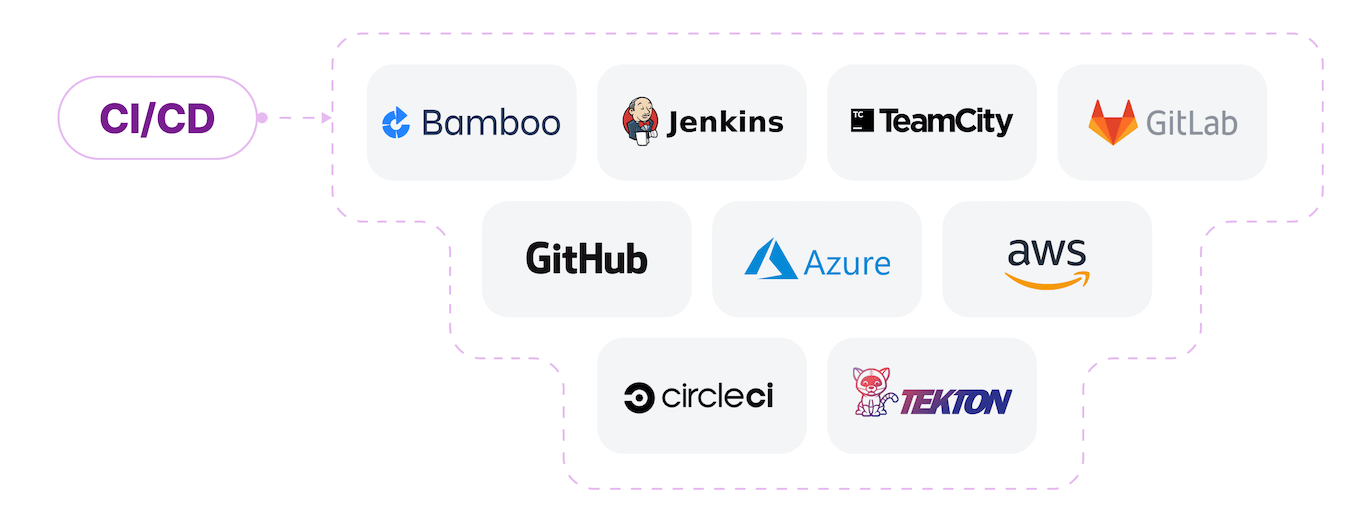
Eliminate Bugs and Fails
Run the tests as frequently as possible. You will likely catch flaky tests that fail from time to time depending on the instability of the tests themselves, unstable testing, time and day issues, and infrastructure issues. To minimize these factors’ influence, run the test suites on warmed-up infrastructure. Don’t leave your testing server idle. Run tests on different environments and branches, at different times of day and with varying infrastructure.
Don’t be afraid to rerun tests. Tests may fail for a million various reasons starting from issues in recently deployed code to a cloud provider infrastructure outbreak. Tracing and fixing these factors is not always possible, so if your tests are flaky, run them again and again.
But as you start continuously running tests, you will face an increase in time to analyze results. Allure TestOps solves this challenge with Defects.
Defects use rule-based failure analysis and provide an amazing two-way integrated process to streamline errors for known issues from code to the tickets and back.
Allure TestOps Issue Trackers native integrations:
![]()
Learn more about Allure tools
Qameta Software focuses on developing amazing tools to help software testers. Learn more about Allure Report, a lightweight automation reporting tool, and Allure TestOps, the all-in-one DevOps-ready testing platform.
Stay tuned and subscribe to our Monthly Newsletter (below) or follow us on LinkedIn or Twitter.
